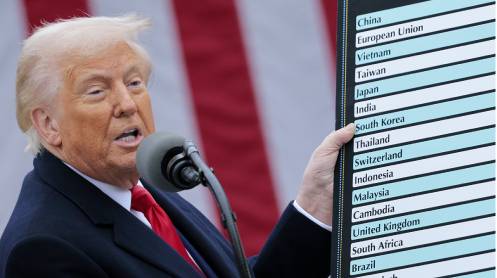NEW YORK: Oil prices climbed about 2 percent to a six-week high on Friday as supply concerns outweighed fears that further interest rate hikes could slow economic growth and reduce demand for oil.
Brent futures rose $1.21, or 1.6 percent, to $77.73 a barrel by 1506 GMT. U.S. West Texas Intermediate (WTI) crude rose $1.23, or 1.7 percent, to $73.03.
Both benchmarks were on track for their highest closes since May 24 with Brent was up about 4 percent for the week and WTI headed for a weekly rise of about 3 percent.
On the supply side, top oil exporters Saudi Arabia and Russia announced fresh output cuts this week bringing total reductions by OPEC+, the Organization of the Petroleum Exporting Countries (OPEC) and its allies, to around 5 million barrels per day (bpd), or about 5% of global oil demand.
“OPEC+ production cuts are expected to tighten the market, driving supply deficits in the second half of 2023, supporting higher oil prices,” analysts at U.S. financial services company Morningstar said in a note.
OPEC will likely maintain an upbeat view on oil demand growth for next year, sources close to OPEC said.
Russia’s latest pledge to reduce oil exports will not require a similar cut in production, a government source told Reuters.
Oil analytics firm Vortexa said there are currently 10.5 million barrels of Saudi crude in floating storage off the Egyptian Red Sea port of Ain Sukhna, down by almost half from mid-June.
In Norway, Equinor ASA paused production at its Oseberg East oil field in the North Sea due to staffing shortages.
In Mexico, a fire broke out at the Nohoch-A offshore platform run by state oil company Pemex at the Cantarell complex.
On the demand side, data showed U.S. job growth slowed more than expected in June after surging in the prior month, but labor market conditions remain tight and wage gains continue.
“A softer jobs report than widely expected has taken some of the steam out of recent market moves, but the labor market remains too tight … A July rate hike is coming” from the U.S. Federal Reserve, James Knightley, chief international economist at ING, a bank, said in a note.
According to the CME Group Inc’s FedWatch Tool, the probability that the Fed increases interest rates by 25 basis points at its July 25-26 meeting is now around 95%, up from 92% just prior to the data coming out.
Higher borrowing costs could slow economic growth and reduce oil demand.
Supporting prices this week, U.S. crude stocks fell more than expected and gasoline inventories posted a large draw, according to the U.S. Energy Information Administration.
Tensions remained between the U.S. and China after U.S. Treasury Secretary Janet Yellen called for market reforms in China and criticized the world’s second-largest economy for its recent tough actions against U.S. companies and new export controls on some critical minerals.
In Europe, decades-high inflation and the impact of war in Ukraine has forced companies to impose hiring freezes and lay-offs.
In Germany, a swift economic recovery appeared less likely as data showed a surprise fall in industrial production.





